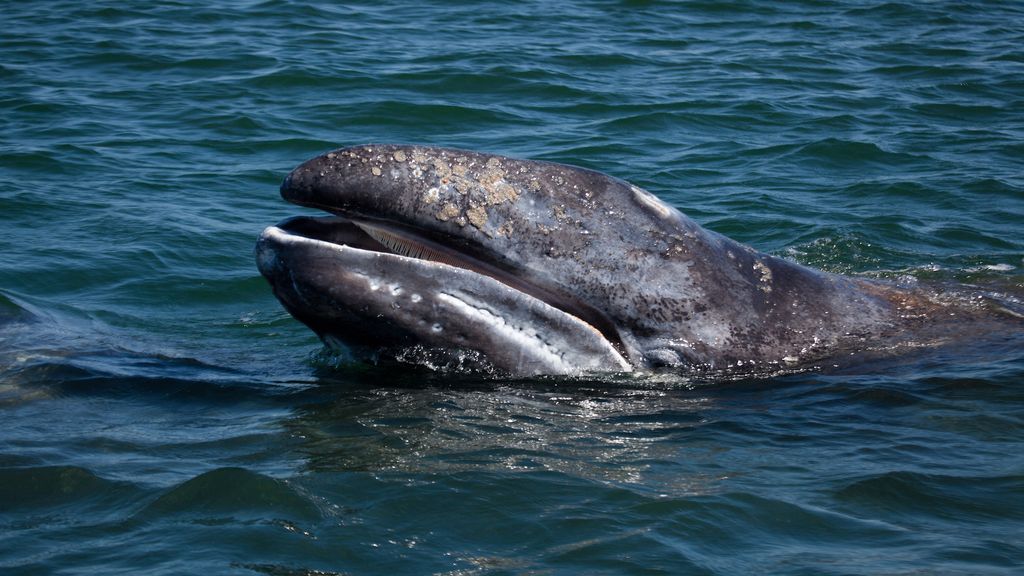Cetaceans Enjoy the Winter Here in BC
Which Cetaceans are around? Over the past few weeks, a few Humpback whales were observed as well as a few pods of Pacific White-Sided dolphins. Dall’s porpoises were observed in a number of locations but it seems like some of the porpoises favour Toba Inlet and remain there for longer periods of time. Dall’s porpoises were also observed in Jervis Inlet and Salmon Inlet which are rare occurances.
Many Orca are in and around the inland waters. Some of the Orca observed were Transient Orca (mammal-eating). On one occasion, Transient Orca were observed hunting porpoises and on another occasion, one Orca was hunting and feeding on a sea lion. Northern Resident Orca (fish-eating) made a foray into Malaspina Strait and appeared off Dog Bay on Hernando Island, where they were very close to shore and rubbing on rocks. Many other Orca were observed in various waterways but these Orca remain grouped as unidentified without confirmation of type.
Our magazine section has been revised – articles and whale news will be placed in one of the following categories: (1) Regional & National; (2) Special Sightings; and (3) Research & Conservation. We hope the magazine section will continue to be informative and enjoyable with current articles about whales and dolphins.
Boaters, please use caution on the water. Federal laws require boats to remain at least 400-m away when viewing Southern Resident Orca in critical habitats and for other types of Orca, laws require boats to remain at least 200-m away from them. For other species of whales, dolphins, and porpoises, boats must keep a minimum distance of 100-m away from them but the minimum distance changes to 200-m if there is a calf OR if the Cetaceans are resting. Remember N.E.W.S. when you see a whale, meaning put your boat in NEUTRAL, ENJOY the view, WAIT till the whales are at a fair distance, and then SLOWLY leave the scene.
WOWs works throught the year, so please continue to keep your eyes open, and report your sightings to us.
Review our current Volunteer Job Postings
Archive Explorer navigates 21,000+ Cetacean Sightings, images, videos and audio recordings.
*Recommended for desktop browsers and newer mobile devices
Archive Explorer dives into the Coastal Cetacean world. View Cetacean sighting locations, photos and videos:
- All species including Orca, Humpback, Grey Whale or Dalls Porpoise
- Follow the endangered Southern Residents Orca in the Salish Sea
- Search for encounters with T002C2 Tumbo
- Witness a close-up Orca encounter video in Port Alberni harbour
- Follow the T010s Transients as they hunt and travel the inside passage
- Track "KC", the ever popular Humpback's movements
- Locate any of 12,000 named locations on the BC and WA State coast
- Print custom sighting reports and maps (Coming Soon)
Archive Explorer Help Page explains many advanced functions
Send your Comments and Questions to: Archive Explorer Feedback
COMING SOON: Our New Archive Dataset Interface is in the works, but we don't want to hold up any ongoing research.
To access 21,000+ sightings in our database to November issue #2019-049 in a downloadable csv file for use in a spreadsheet, please Click Here.
A deep-diving cetacean in the odontocete family (which means "toothed whales"), narwhals live in cold Arctic and sub-Arctic waters. They’re highly adapted to living in areas almost completely covered with sea ice. Narwhals are among the only whales that live in areas with such dense sea ice cover for up to six months each winter….
read on
A crew of trained specialists got close enough to the injured calf and its mother off the coast of Fernandina Beach last Wednesday to inject the baby using a syringe fired from an air gun….
read on
The Washington-based Center for Whale Research says their staff were out in Snug Harbor on the Haro Strait at about 1:40 p.m. on Friday when they spotted some orcas. Researcher Dave Ellifrit said in a report posted online this was their first encounter with the L12 whales in inshore waters in more than a year….
read on
“They were coming straight underneath me. It was an exhilarating experience,” he recounted to 1 NEWS about his experience on December 28….
read on
read on
“We refer to poop as a treasure around here,” said Katie Graham, an assistant scientist at the research centre in the New England Aquarium.
North Atlantic right whale poop is coveted because it carries vital information on the health of the few remaining members of the endangered species. There are about 400 left in the world and fewer than 100 female adults….
read on
A spokesperson from the Department of Conservation said the whales “were seen swimming strongly and being active and it’s hoped they will remain at sea.”…
read on








